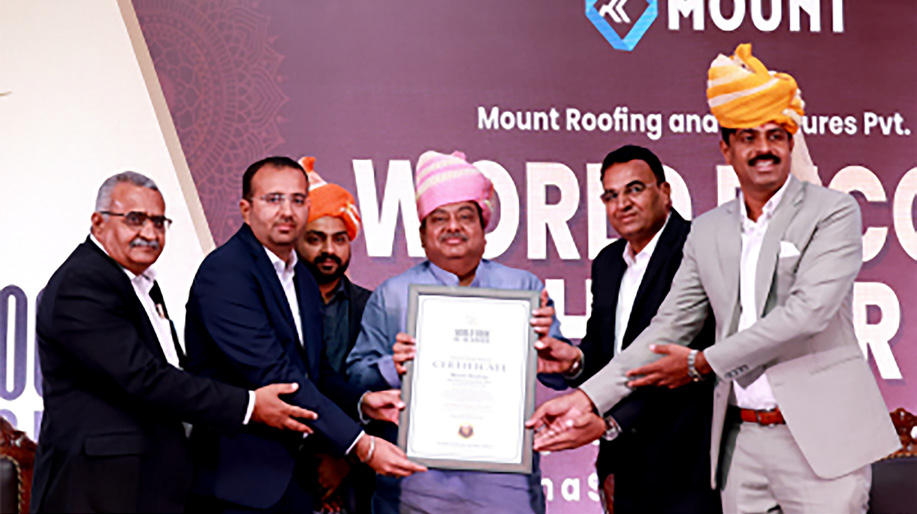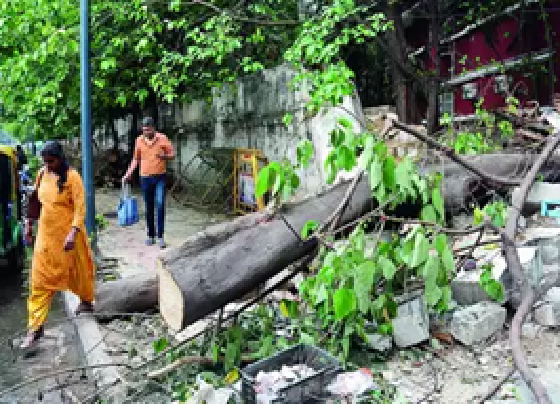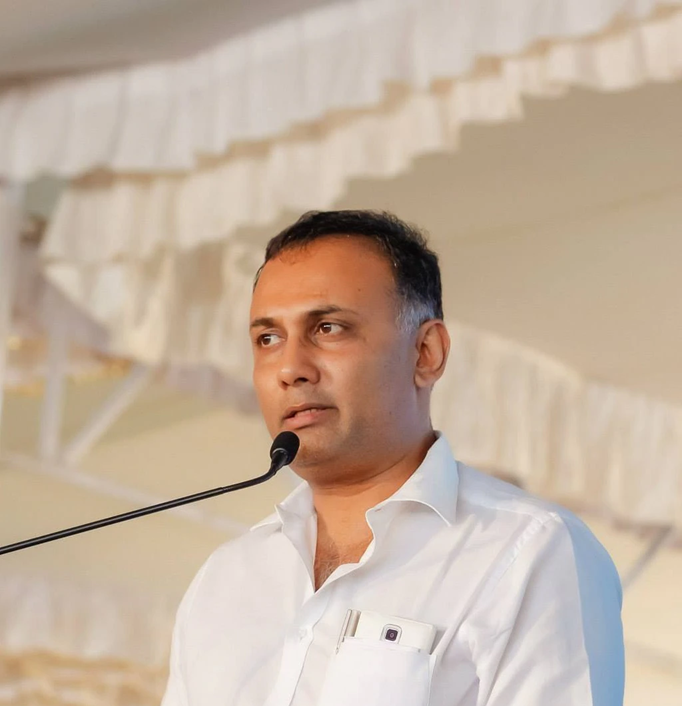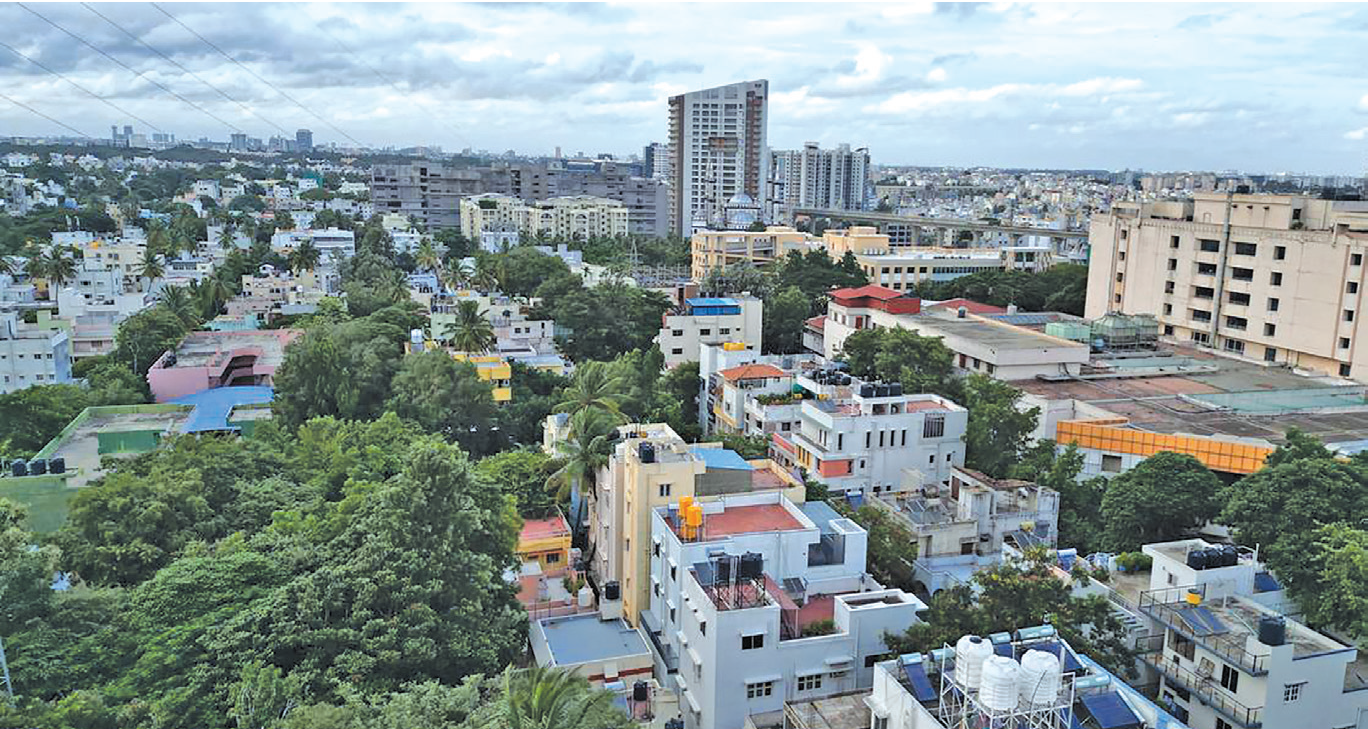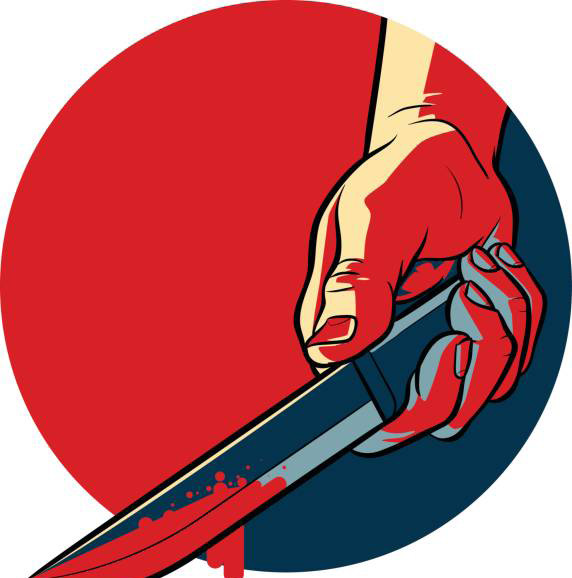
ADGP Alok bats for strict punishment for traffic crimes, last-mile connectivity & more
Alok Kumar, a 1994-batch IPS officer, is one of the most experienced top cops in Karnataka.
His distinguished career saw him take up various responsibilities starting from Assistant Superintendent of Police (ASP) to Superintendent, Deputy Commissioner of Police and then Police Commissioner for Bengaluru.
He was later appointed as Additional Director General of Police (ADGP) Law and Order for the state and currently serves as ADGP for Traffic and Road Safety.
In an exclusive interview with News Trail correspondents Hameed Ashraf and Rithu Dravid, ADGP Alok Kumar explained the factors that have pushed the bustling tech city into intolerable congestion.
The senior cop began his conversation with the recent hit-and-run case where a 37-year-old constable, Hucchesh Hiregoudar was killed on the HubballiDharwad Bypass Road on the night of September 20.
A woman constable, Lakshmi, who was riding pillion also suffered severe injuries in the accident.
"On an average, in 17 per cent of hit-and-run cases in India, the traffic police could not identify the accused. But in Karnataka, the figure is slightly less, thanks to the policemen and cameras installed at most accidentprone areas," he said.
He said that despite being considered as one of the serious offences, hitand-run cases lack stringent punishment.
"If at all the accused is caught, he will be charged under section 304A (Rash driving, Causing death by negligence) of IPC with an imprisonment of two years. However, according to the new proposed Bharatiya Nyaya Sanhita, an accused in this offence will be sentenced to imprisonment of upto 10 years," he added. Here are the excerpts:
NT: Even after the rising popularity of the WFH (Work from home) option post-pandemic, there has been a increasing trend in the number of hours lost in rush hour traffic. Why?
Alok Kumar: In the month of August, nearly 57,000 vehicles were added to city roads which is the maximum. In a year, 6 lakh vehicles are being added to the roads.
With 99.1 lakh private vehicles, the total number of vehicles stands at 1.11 crores in the city. We can only imagine how much space these vehicles must be occupying.
Unless we promote and implement public transport along with last-mile connectivity and discourage use of private vehicles for the public, nothing is going to work.
NT: Several traffic cops are often seen clearing footpaths and filling potholes. Is there lack of coordination with the civic agencies?
Alok Kumar: Filling potholes and clearing footpaths is not the duty of a traffic policeman. When a concerned agency is not working properly or there is an injury or loss of life due to its negligence, there are various provisions in the law to take action against the contractor and the concerned official who is responsible for the work.
But why should a traffic cop repair a pothole or a pavement?
Sometimes traffic cops are prompted to do this because of traffic jams. The pedestrian pavements in the city are either encroached upon or are being used to dump debris forcing them to take the road which is unsafe.
A few years back there was one pushcart vendor selling chaats near St John Hospital, now the whole stretch has been encroached by similar vendors. I don't know whether the authorities had acted against these vendors at that time.
But now if marshals or officials suddenly try to evict them, they might face resistance from influential persons. The power lies in the hands of authorities to solve such issues.
Accidents and mishaps and even robbery cases have come down on the Bengaluru-Mysuru highway after the deployment of patrols, speed radars and cameras. Any new plans in the offing?
We want to make the highways safer for motorists travelling during night and day. We have proposed an Intelligent Traffic Management System (ITMS) for the highways as well.
But the law has its own course and the procedure will take some time.
Haphazard vehicle parking is still continuing in the city. Any plans to reintroduce the towing policy?
As of now, there is no such plan, but we are considering other alternatives such as registering cases against vehicle owners to curb these issues.
Why are there no free passageways for ambulances to speed up to hospitals?
Having separate lanes for ambulance movement is not advisable. Once we create lanes, no other movement of vehicles should be observed in that space. This will again add to the choking of traffic, as there will be underutilization of the passageway when not in use.
However, we have noticed that people are
 English daily published in Bengaluru & Doha
English daily published in Bengaluru & Doha

